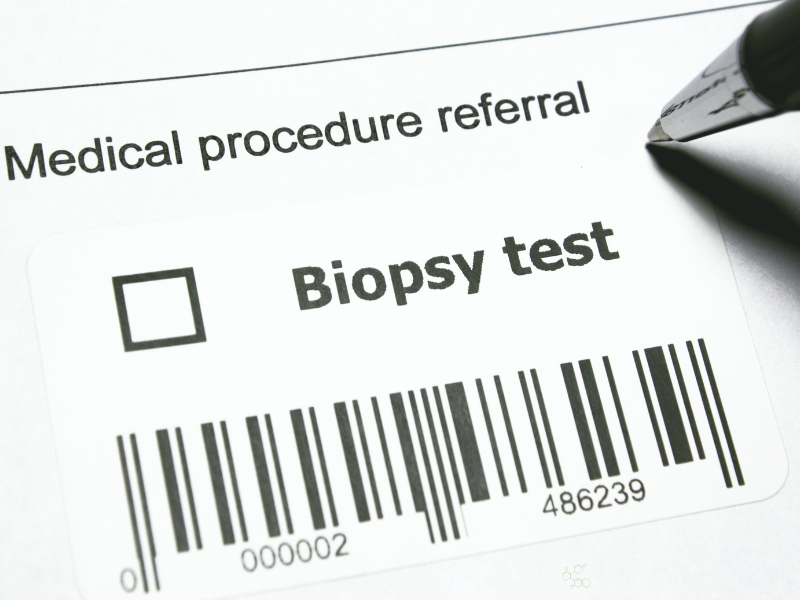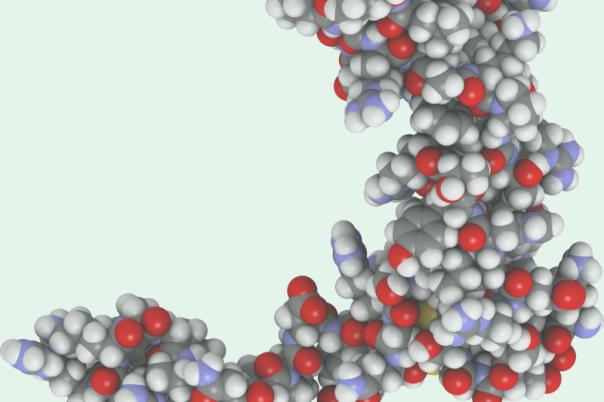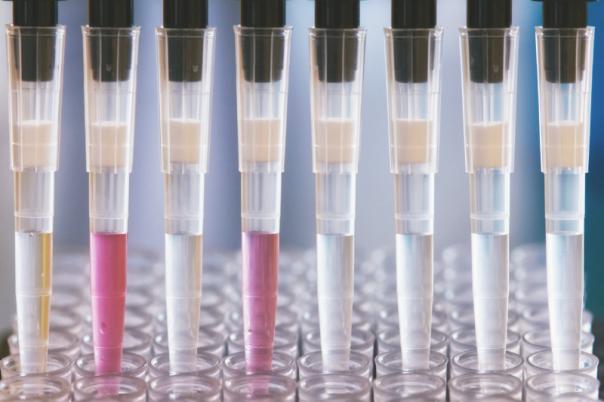Scientists at King’s College London (KCL) have developed a patch containing tens of millions of microscopic nanoneedles that could replace traditional biopsies. The patch offers a painless and less invasive alternative for millions of patients who undergo biopsies to detect and monitor diseases such as cancer.
Although biopsies are among the most common diagnostic procedures, they are invasive and can cause pain and complications. Therefore, patients may be deterred from seeking early diagnosis or follow-up tests.
A cohort of scientists at KCL created a nanoneedle patch that collects molecular information from tissues without removing or damaging them. Unlike standard biopsies, the patch could allow healthcare teams to monitor disease in real-time, and perform multiple, repeatable tests from the same area.
The patch is covered in tens of millions of nanoneedles. During preclinical phases, the team applied the patch to brain cancer tissue derived from human biopsies and mouse models. The nanoneedles extracted molecular ‘fingerprints’ - i.e. a mix of lipids, proteins, and mRNA from tissue in a pain-free manner.
Next, the ‘fingerprint’ is analysed using mass spectrometry and AI, providing healthcare professionals with insights into whether a tumour is present, how it responds to therapy, and disease progression at a cellular level.
Dr Ciro Chiappini, Senior Lecturer in Nanomaterials and Biointerfaces at KCL said: “This approach provides multidimensional molecular information from different types of cells within the same tissue. Traditional biopsies simply cannot do that. And because the process does not destroy the tissue, we can sample the same tissue multiple times, which was previously impossible.”
This technology could be used in scenarios like brain surgery, enabling surgeons to make quicker and more precise decisions. The patch could lead to earlier diagnosis and pain-free monitoring, revolutionising how diseases are monitored and treated.
Finally, this project is a testament to what highly interdisciplinary collaboration across nanoengineering, clinical oncology, cell biology, and AI can achieve.








